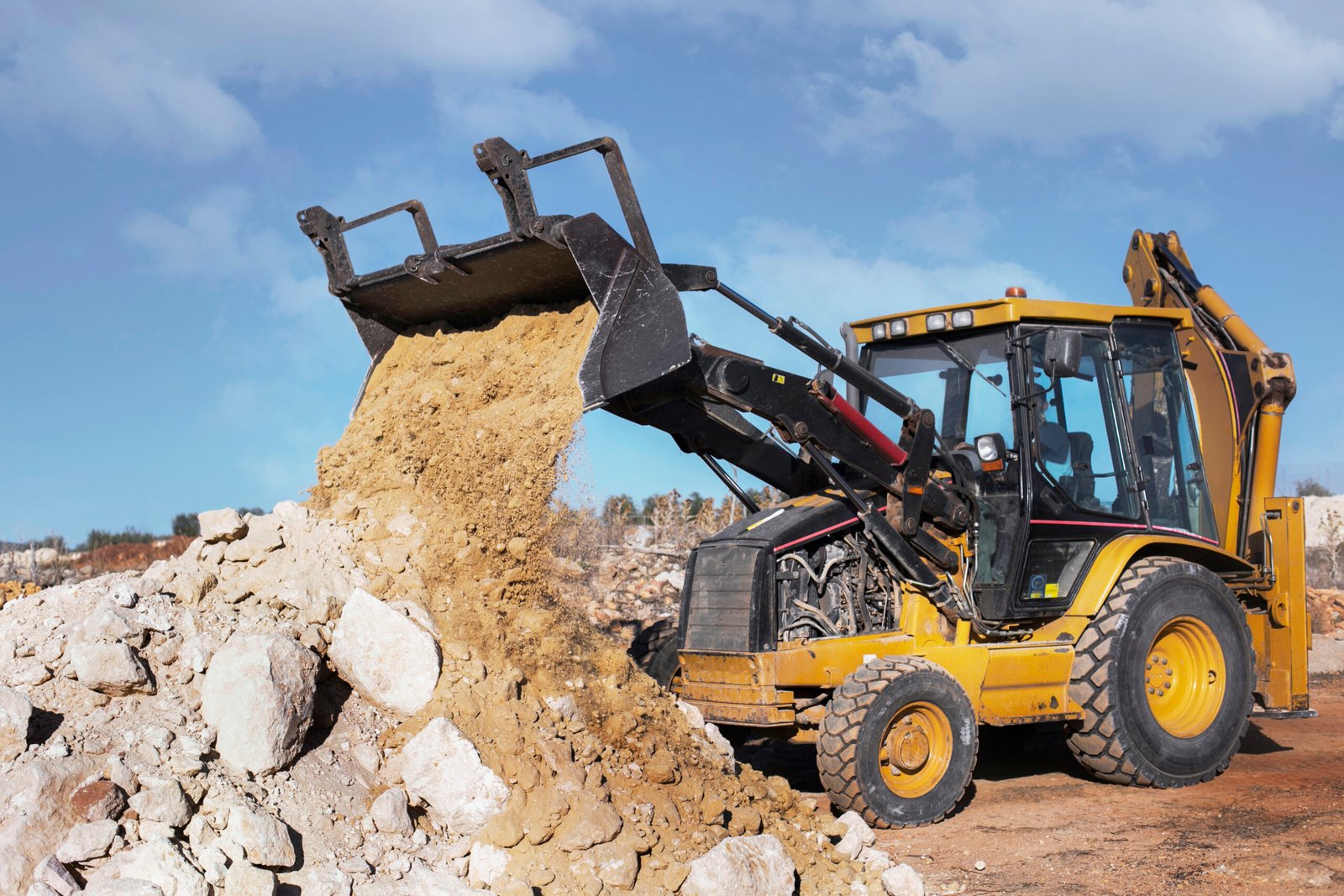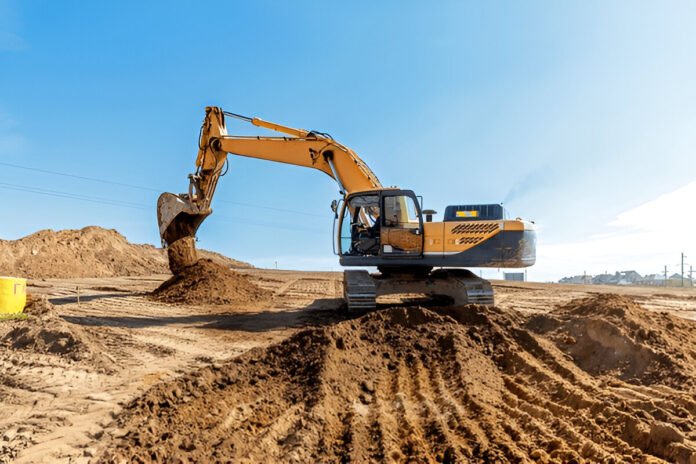Can profound ripples of change truly stem from the ground below us? This blog post navigates the seemingly uncommon connection between sustainable development and excavation – the indispensable undertakings of moving and shaping earth’s various layers, for the construction of foundations for buildings or the extraction of precious minerals.
The rather underrated relevance of excavation services stems from a multitude of factors – their contribution to construction, mining, exploration, and more. Is it not then justified to shed light on the environmentally-conscious evolution in this field? Exploring the ‘excavation for sustainability’ approach promises to illuminate angles perhaps unseen before, laying bare the potential of these services in shifting us towards greener paths.
By delving into their intricate dynamics and market advancements, we not only understand the gravity of their contribution to a sustainable future but also grasp their pivotal role in the sustainable construction and building sector. Hence, leaps into the excavation world beckon to unearth the route to sustainability.
Table of Contents
Unveiling Excavation: A Tapestry of Functions-
Excavation is akin to bringing a certain order to the chaotic canvas of the earth. Be it for laying the bedrock for skyscrapers or venturing into the depths for minerals, excavation services play a crucial role in the transformation of land. Rapid urbanization across the globe has heightened the demand for these services and propelled innovations in excavation technology.
These advancements aim to strike a balance between efficient construction and conservation, a delicate dance that yearns for sustainability at its core. Meanwhile, excavating companies are retrofitting their practices for a lower environmental impact as they tread the fine line between meeting the current needs and preserving the planet’s welfare.
Woven meticulously into the fabric of construction, mining, and infrastructure, excavation services emerge not just as support services but as a powerful force capable of steering their industries towards a sustainable path.

Excavation and Sustainable Construction-
A critical player in the field of sustainable construction, excavation sets the stage for buildings that stand tall not just in their stature but in their commitment to the environment. With green norms tightening their grip around new constructions, a pivot towards sustainable excavation practices can ensure lower carbon emissions, reduced wastage, and a smarter use of resources.
The advent of green designs such as ‘Earth Shelters’, which take advantage of the earth’s consistency in temperature, deflect heat, and promote energy efficiency, is restructuring the excavation narrative. Excavation, in this lens, transcends its traditional role and becomes an essential actor in fostering sustainable living spaces, zeroing in on the dream of carbon-neutral buildings.
Going green in excavation is also about deploying equipment running on renewable energy, minimizing noise and dust pollution, effectively managing excavated soils and rocks, and replicating natural habitats post-project completion.
Excavation for Mineral Extraction and Sustainability-
In the course of unearthing minerals, excavation presents a necessary evil, creating heavy ecological footprints. However, the rising call for sustainability mandates the revision of excavation strategies. They are geared towards lower energy consumption, fewer emissions, and decreased disturbance to wildlife habitats.
From utilizing surplus heat from mining processes to power local cities to abandoning fossil fuels for fully electric excavation, these initiatives could potentially detangle excavation from its environmentally damaging past.
Notably, the practice of repurposing mine sites post-extraction is gaining momentum, breathing new life into abandoned mines and helping restore biodiversity, thus cementing excavation’s pledge to the planet.
The Challenges and Potential Pitfalls-
Despite the push towards an ecologically responsive model, challenges persist. Key among them is the high initial cost of sustainable equipment, the need for skilled labour, and uncertainty about output efficiency.
Yet, these hurdles should not deter the potential of sustainable excavation services. Instead, they serve as a call to policymakers for introducing attractive incentives, to researchers for honing sustainable technologies, and to the public for acknowledging the gravity of our choices.
What the Future Holds for Excavation Services-
The future of excavation services appears hinged on sustainability, with technology, innovative practices, and policies acting as agents of change. As the world earnestly seeks to attain its sustainable development goals, excavation services are poised to be globally recognized for their role in this collective endeavor.
The journey ahead demands a more conscientious approach towards the industry’s growth, underlining the potential importance of excavation for creating resilient, sustainable spaces.
Conclusion-
Excavation services, often overlooked as a contributor to a sustainable future, are carving new paths to navigate the demands of the present and the responsibilities toward the planet. Their transformation from a traditionally disruptive process to an increasingly eco-friendly one is commendable. Alongside this, advancements in sustainable construction tactics and mineral extraction involve reducing waste and reusing resources.
The path forward calls for continued innovation and adoption of sustainable practices, encouraged by policy and market incentives. Sustainable excavation service providers hold a linchpin status in creating a future where economic growth synchronizes with ecological preservation, thus erecting a testament to mankind’s ability to adapt, grow, and cherish the Earth, our only home.








